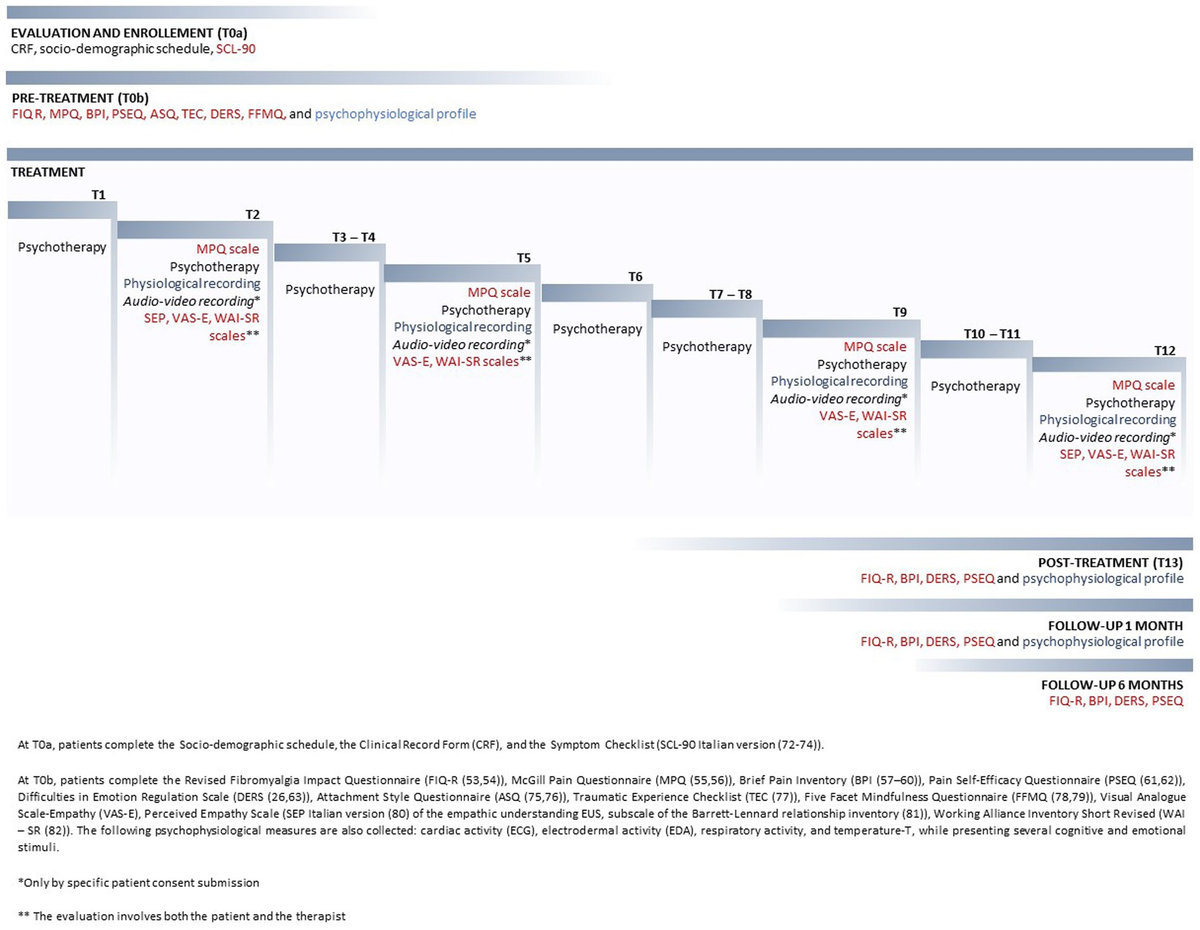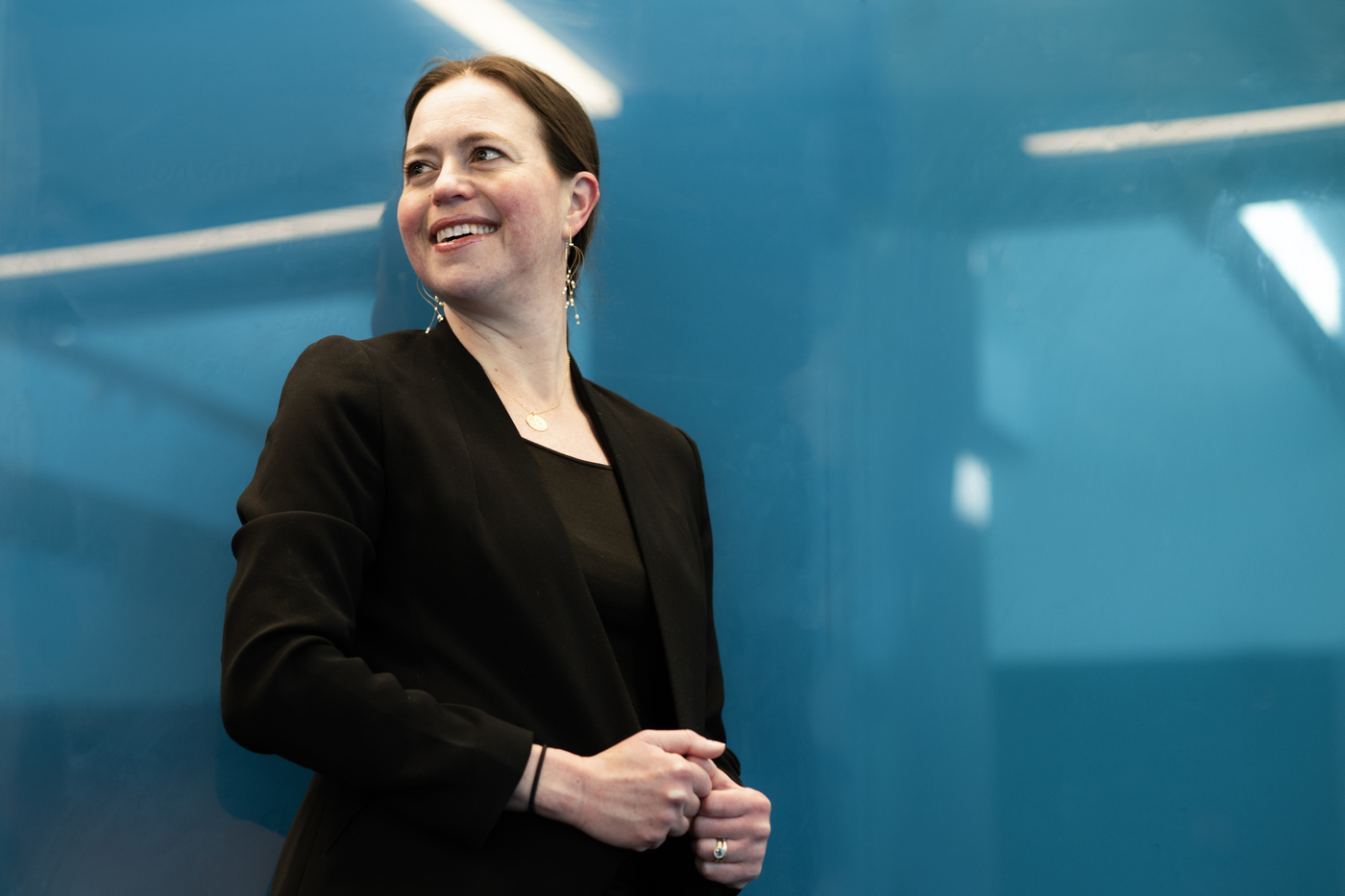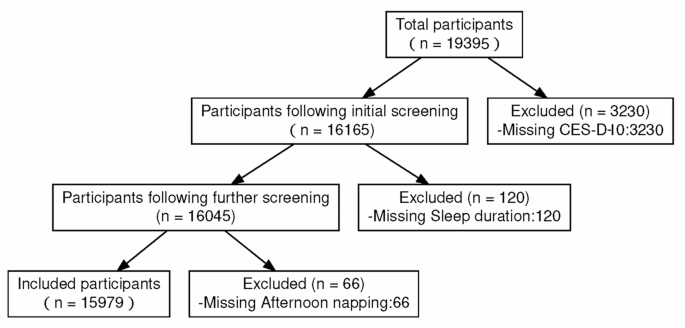Recent experiments have begun individualizing brain stimulation for depression, obsessive compulsive disorder and chronic pain. While much more research is needed — along with ways to make the approaches pragmatic and affordable — several experts predicted that some versions of brain pacemakers could be available within five or 10 years.
…
In recent years, neuroscientists have identified brain signals that correspond to phases of stiffness, called bradykinesia, and phases of uncontrolled movement, called dyskinesia. In the new study, researchers used methods derived from AI to devise a personalized algorithm for each patient and a way to detect and respond to brain activity as the patient’s symptoms fluctuated.
…
First, electrodes were implanted in their brains and they received conventional deep brain stimulation for months, until they had benefited as much as they could from that. Then researchers began developing personalized algorithms for the patients, primarily focusing on the symptom each patient found most bothersome.
…
Most patients went from experiencing their worst symptoms for about 25 percent of the day to about 12 percent of the day…. Adaptive stimulation also decreased those symptoms’ severity.
This is an excerpt. Read the original post here












